Second Front, founded by a seven member group in 2006, is the first performance art group in the virtual world of Second Life. The members are Gazira Babeli (Italy), Yael Gilks (London), Bibbe Hansen (New York), Doug Jarvis (Victoria), Scott Kildall (San Francisco), Patrick Lichty (Chicago) and Liz Solo (St. Johns).
They are influenced by Dada, Fluxus, Futurist Syntesi, contemporary performance artists where they challenge traditional performance art and bring it into the virtual world.
One of their works, Grand Theft Avatar(2008) is a live performance by Second Front in Second Life. In this virtual world they have their own currency, Lindens, their own laws, rules and systems where it allows people to live in a virtual world. They robbed the Linden Treasury, disguised themselves as different characters and do all sorts of crazy acts to flee from the bank. Grand Theft Avatar challenges the role of traditional game structure. Also they questioned game strategies, the authenticity of currency, rules and lifestyle to Second Life.
- Grand Theft Avatar. Second Front performance. secondfront.org.
Grand Theft Avatar by Second Front performing in Second Life. (above) Credits: http://www.secondfront.org/Performances/Grand_Theft_Avatar.html
Grand Theft Avatar by Second Front, directed by Scott Kildall. (above) Credits: Patrick M Lichty (2017), https://youtu.be/RoHctMuI_HU.
Through the work done by Second Front, I am impressed and fascinated by their idea of a performance art. I have always thought that performance art must involve physical people but instead they used their own personal avatars. It brings a new experience and approach of how performance art could be further explored into. From the reading of their interview, I really liked how they bring gaming environment into their performance and how they make the performance a success despite the difficulties. They combined different areas together where virtual space through gaming environment and creating an avatar (making ourselves virtual instead of showing ourselves through a screen), and performance art which breaks the traditional conventions of one to many but creating a collective narrative performance art (many to many).
“By engaging the contrived space of an online gaming environment the challenges to perform are exaggerated by the parameters that persist as the interface with the context, the others members of the group, audiences and the templates of performance as an art medium.”
A leap into the void: interview with Second Front, TRAN SPIRE a.k.a Doug Jarvis.
Performance art in their context could be both physical where they broadcast to people viewing it and virtually where they are the ones doing a live broadcast of ‘themselves’ a.k.a their avatars. In this way, it is bring the first and second space together to make the third space exist and create a collective narrative together. I would imagine myself as an avatar roaming around the Second Life world and being part of the narrative with the other players and also showing it via Live at different places. It just blows my mind of how creative they are in pushing the boundaries of performance art and making it something new.
“…but in order for VR to produce meaning that breaks from the real and from past artistic social practices, and to become a medium that produces singular works, the binary of the real vs
virtual must be dismantled. Only then, will we be able to look at VR not as a simulation of the real, but as a simulation of itself.”A leap into the void: interview with Second Front, ALISE IBORG.
The current trend of technology is Virtual Reality (VR) where many games are exploring and/ or tapping into this resource. From the interview, the meaning of VR to incorporate into performance is by the combination of real and virtual. It is something that is happening now where the boundaries of both are blurred off. It is quite scary to think about how we would be more comfortable living in a virtual world and how we live our lives are based on the virtual world we have created. At the same time, it is quite interesting to incorporate both aspects into art. Elaine Warren, Los Angeles Herald Examiner, once said “A visionary premise … the lines between imagination and reality were blurred almost to distinction” and here we have the exact same thing said.
I could see that the Grand Theft Avatar performance could be another way of exploring the upcoming final project my group is working on. Each member could be portrayed as different avatars playing different roles. It is a brand new way of creating a live broadcast.
Overall I really liked this performance or Live broadcasting using avatar-based which makes me think of the different possibilities I could venture into when creating performance art or collective narrative with the use of first, second and third space. The artists have a common vision despite being in different places. Kit Galloway and Sherrie Rabinowitz mentioned “…create a performance place with no geographical boundaries…” which is now being practiced by Second Front.
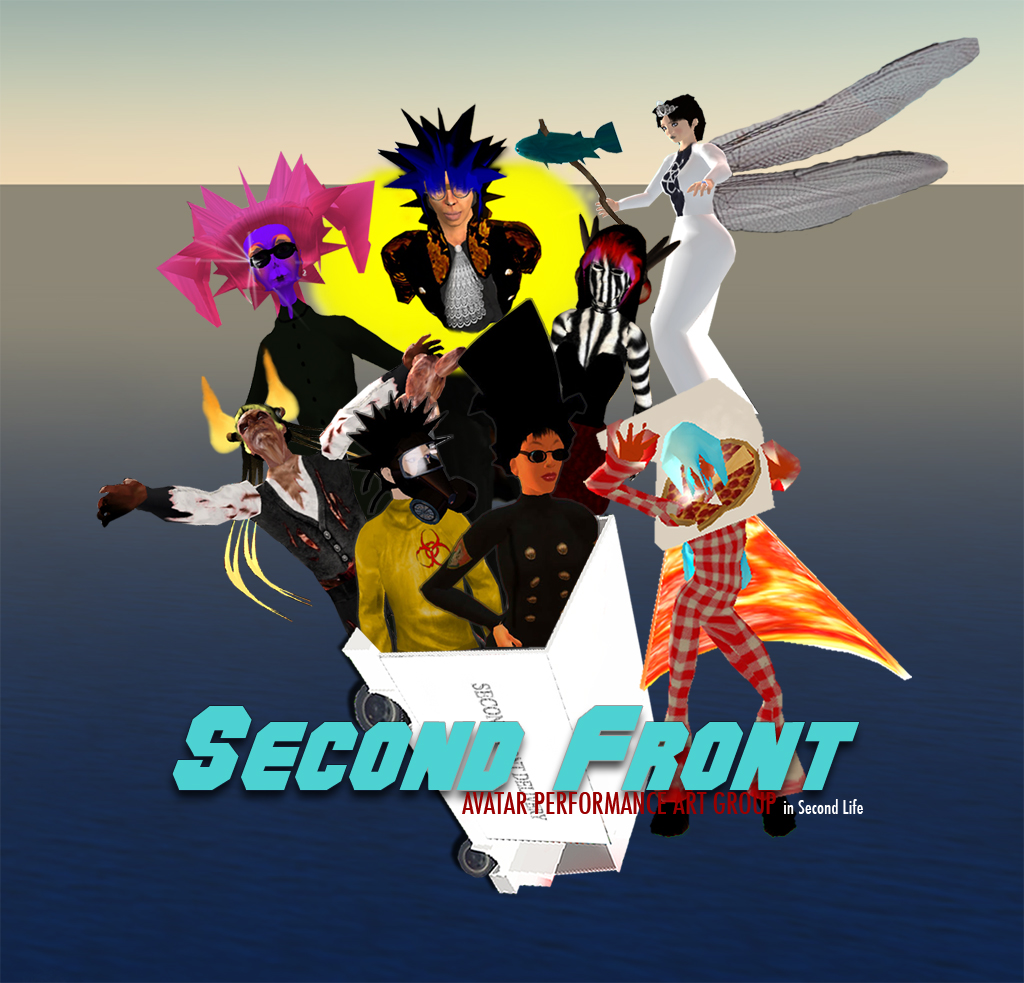



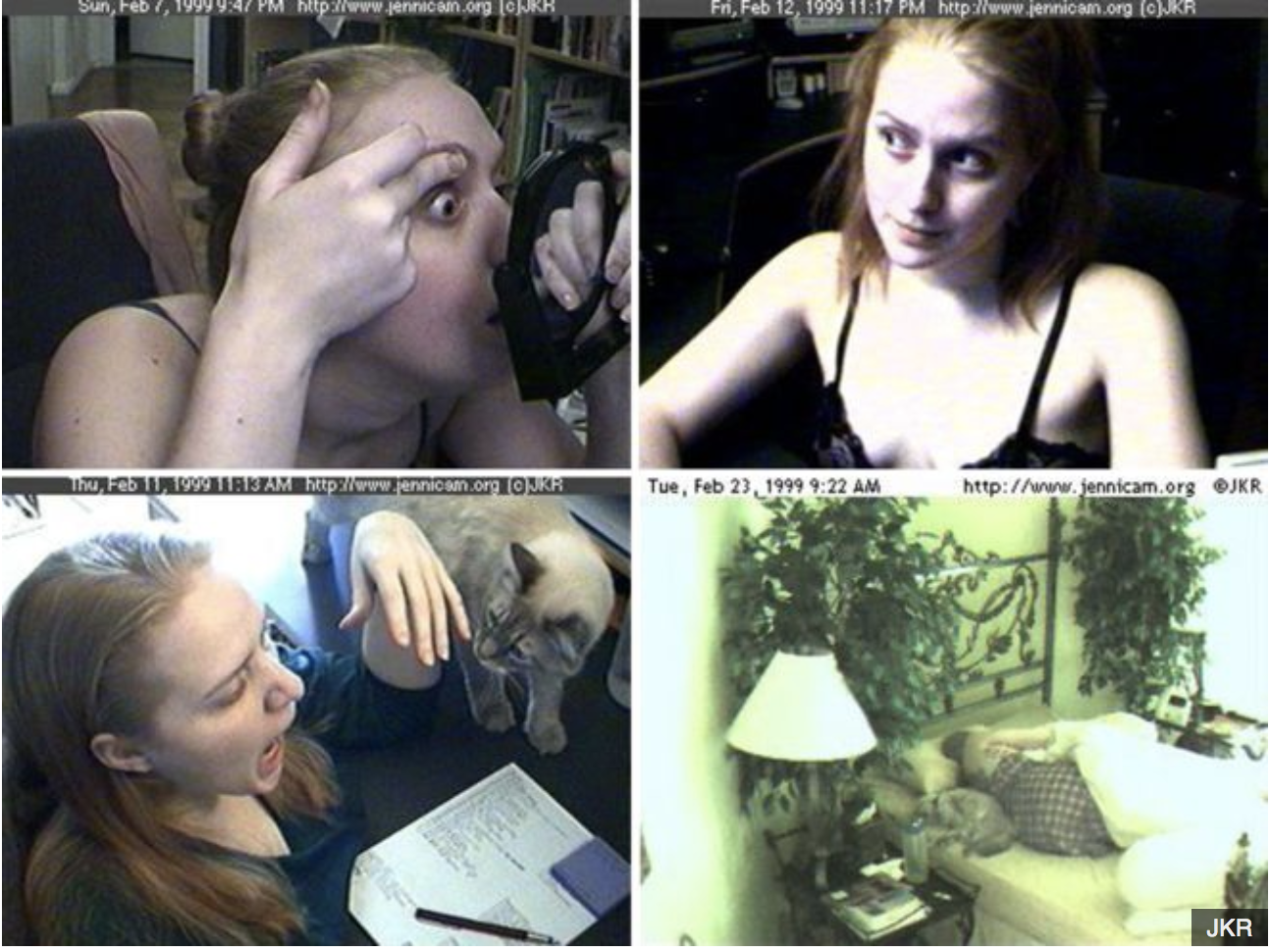
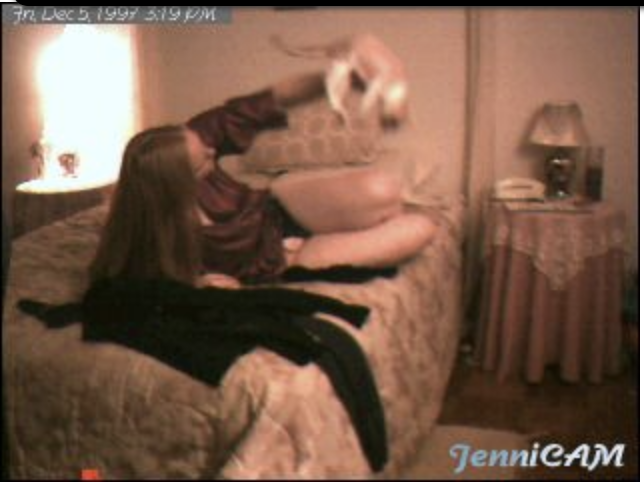
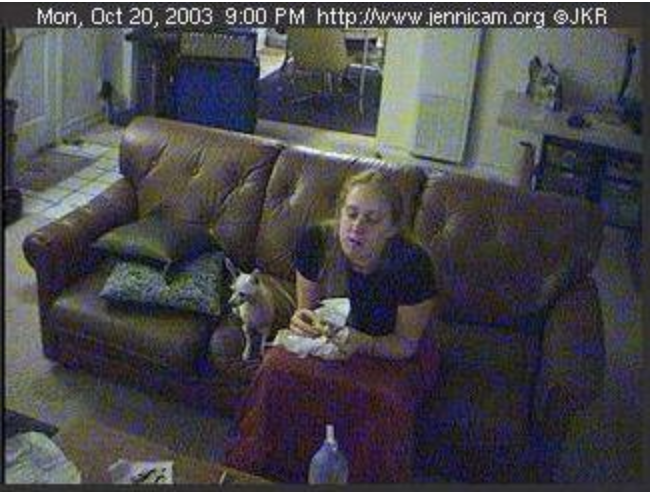
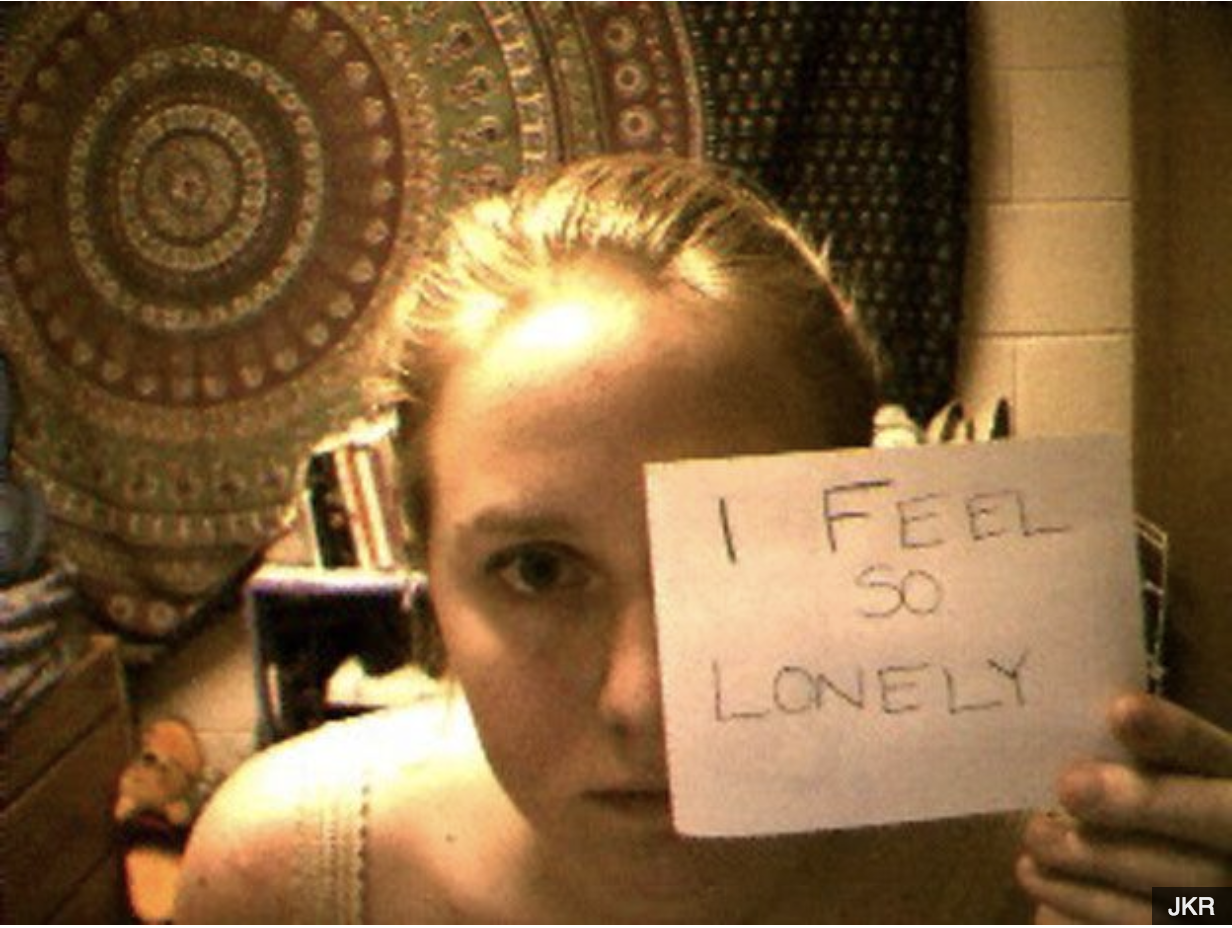


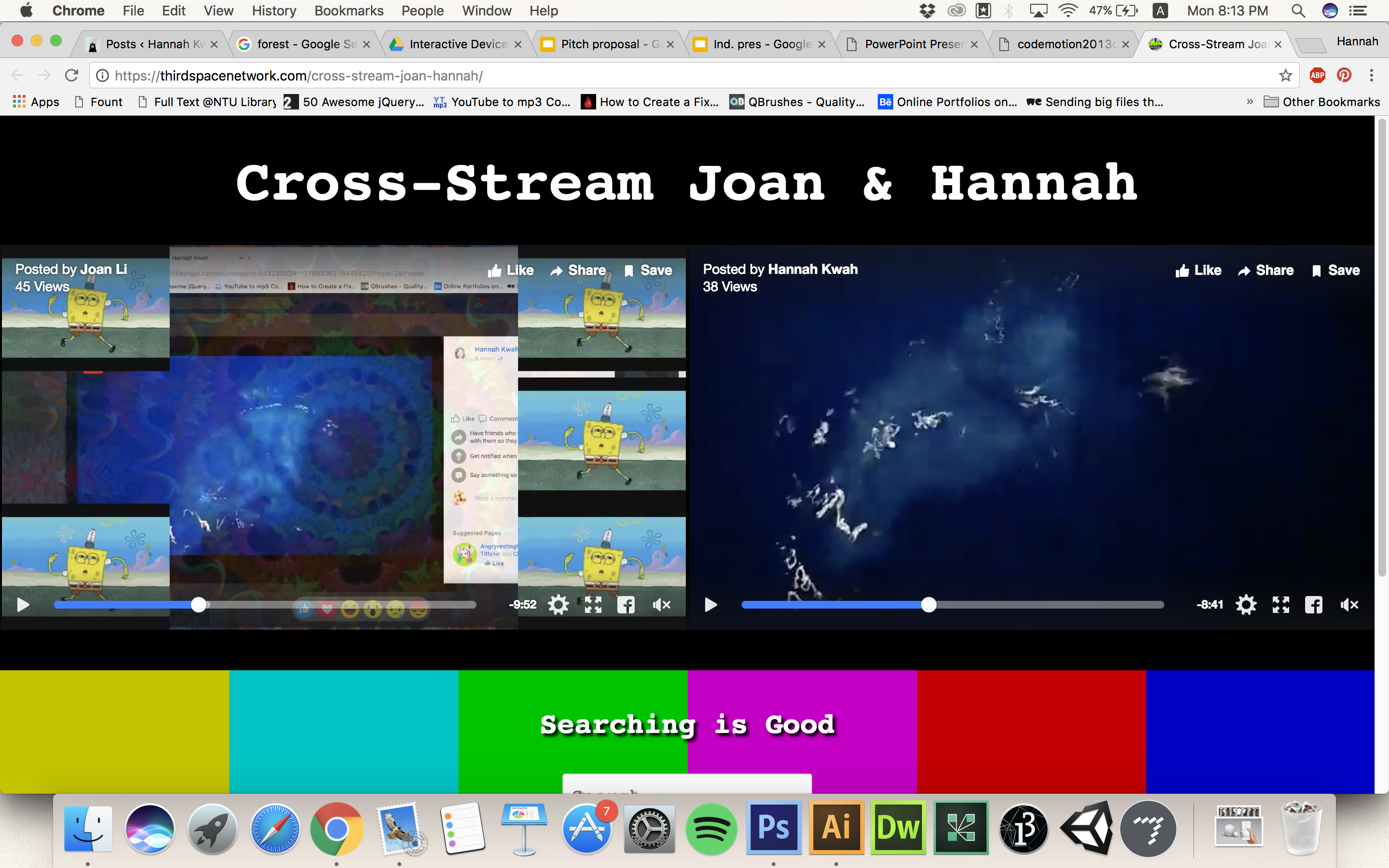



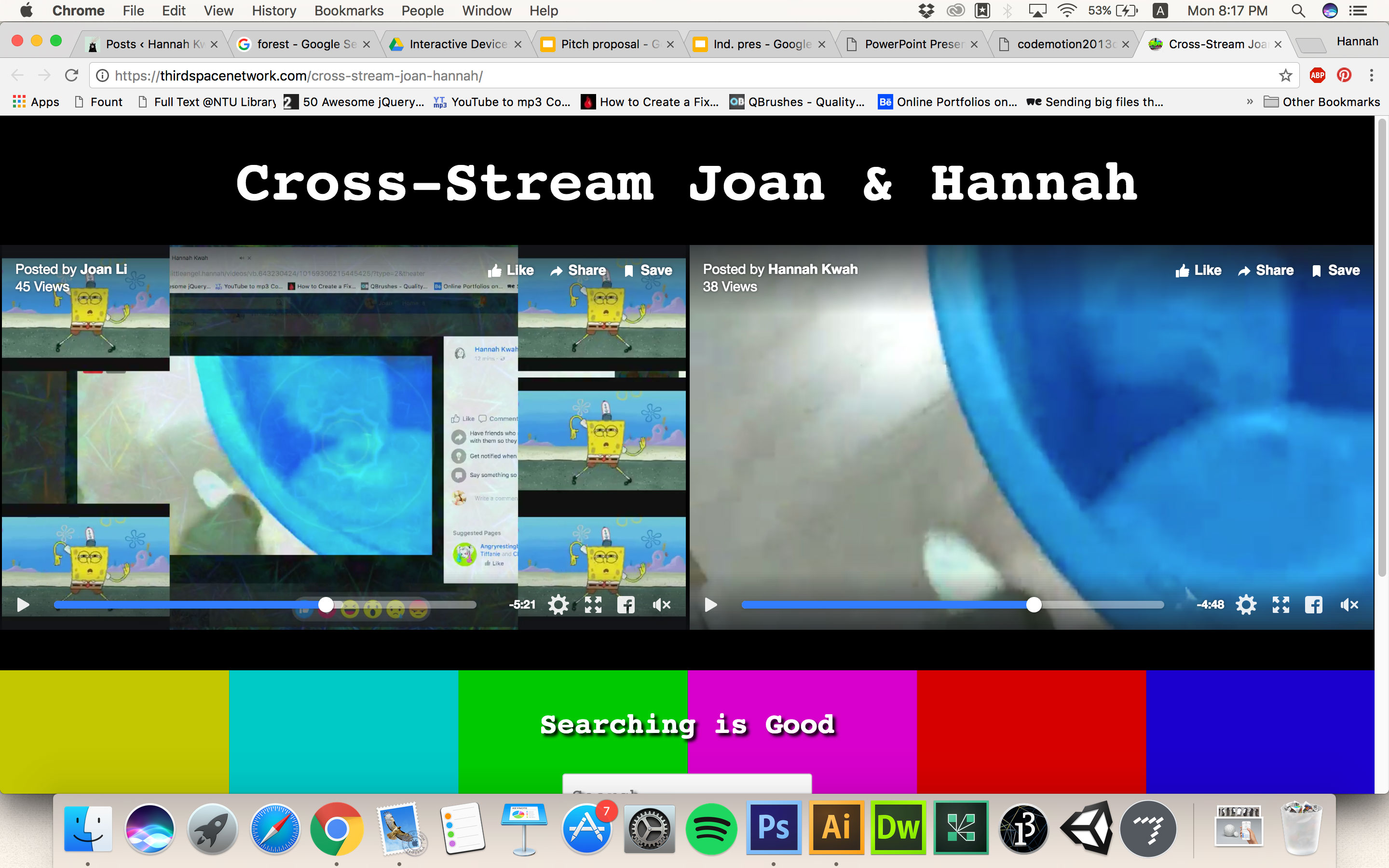

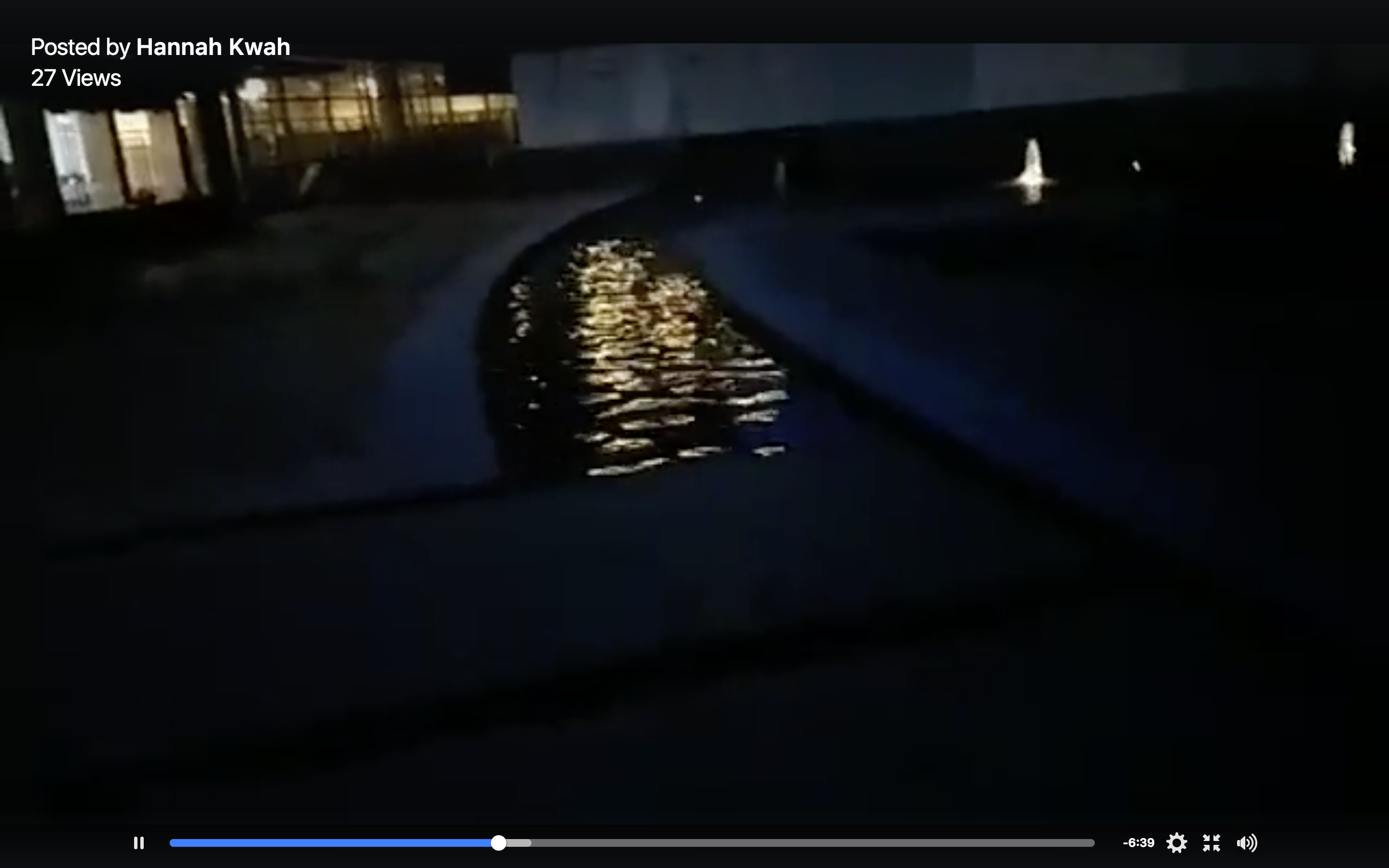
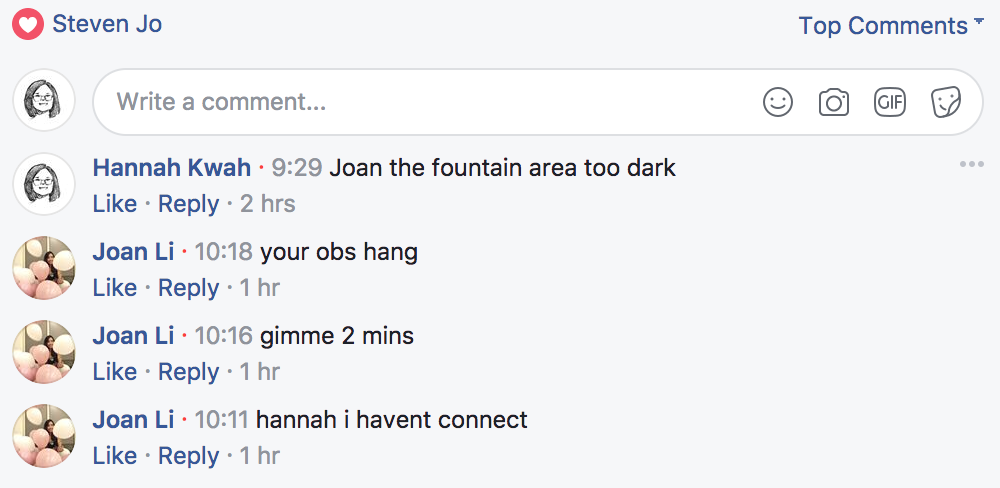
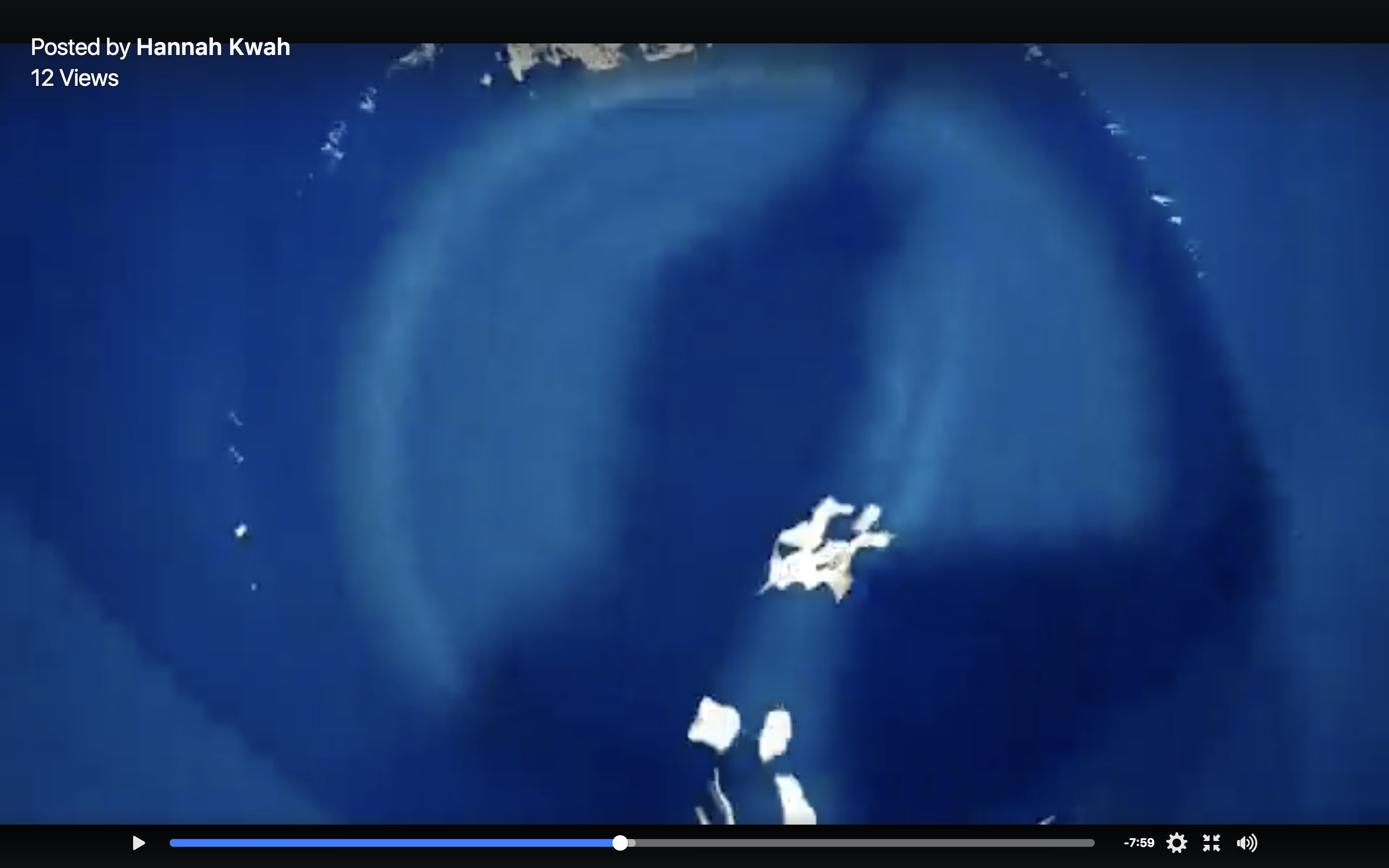

Recent Comments